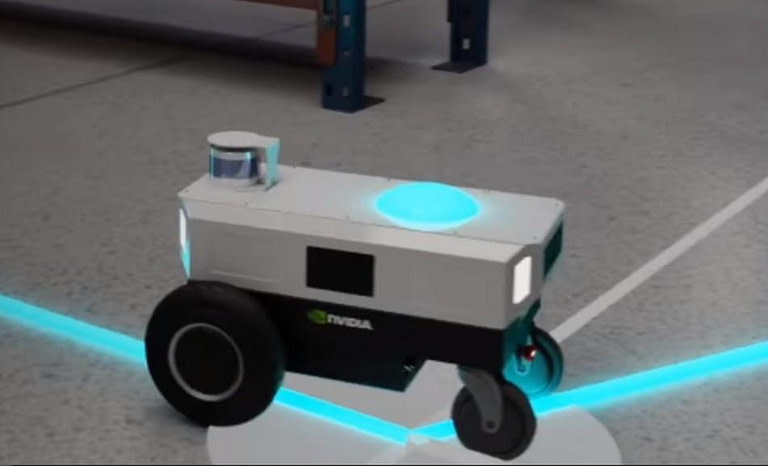Carnegie Mellon University (CMU) researchers have developed Frida, an Artificial Intelligence (AI)-powered robotics framework that can collaborate with humans to paint and create beautiful art. This is the first time a robot has been used in this way, and it could revolutionize how we think about robots and their potential applications.
The team of CMU researchers was led by Professor Manuela Veloso, who specializes in AI-driven robotic systems. The project began as a research initiative to explore the possibilities of using robots for creative tasks such as painting or drawing. After several years of development, they were able to create Frida – an AI-powered robotic system capable of collaborating with humans on artistic projects.
Frida works by combining computer vision algorithms with motion planning techniques to enable it to recognize objects and plan its movements accordingly. It also uses machine learning algorithms so that it can learn from its mistakes and improve over time. In addition, Frida is equipped with sensors which allow it to interact directly with people while working on a project together; this allows for more natural collaboration between human artists and the robot itself.
To demonstrate the capabilities of Frida, the CMU team created a series of paintings in collaboration with professional artists from around the world. These paintings show off what’s possible when you combine human creativity with robotic precision: intricate details are painted perfectly every time without any errors or inconsistencies thanks to Frida’s precise movements guided by its AI algorithms.
This technology opens up new possibilities for both art creation and robotics research alike; not only does it provide us with new ways of creating artwork but also gives us insight into how robots can be used collaboratively alongside humans in other areas such as manufacturing or healthcare services where accuracy is key but flexibility is also important too . By giving robots access to our creative processes we may find ourselves unlocking entirely new avenues for innovation that would otherwise remain unexplored due solely to our own limitations as human beings .
Overall , this breakthrough shows just how far artificial intelligence has come since its inception ; no longer are these technologies limited solely towards mundane tasks like sorting data or recognizing faces , now they are being used creatively too ! We look forward eagerly towards seeing what else will be achieved through further developments within this field , especially when combined alongside traditional methods like those employed by professional artists .
Marktech Post






